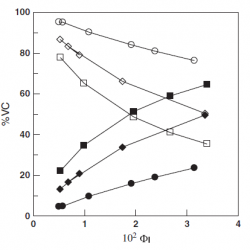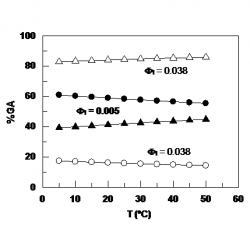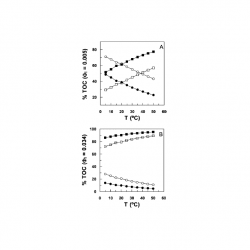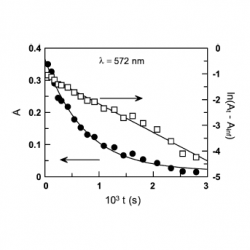Effects of acidity and emulsifier concentration on the distribution of Vitamin C in a model food emulsion
We have analyzed the effects of acidity and emulsifier concentration on the distribution of ascorbic acid or vitamin C (VC) in a model emulsion prepared by mixing octane, acidic (HCl) water and the non-ionic surfactant hexaethyleneglycol monododecyl ether (C12E6). VC is oil insoluble, and only the partition constant between the interfacial and aqueous regions (PWI) is needed to describe its distribution within the emulsion [...]




